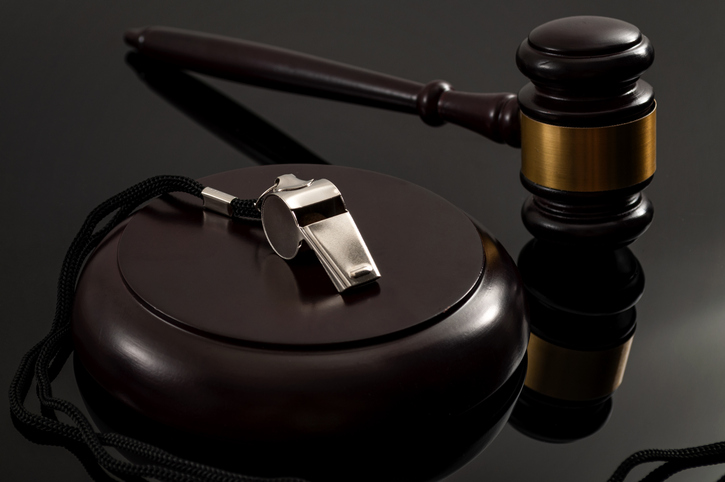The Power of Shared Language in Building Healthy Workplace Cultures
People often believe they have all the knowledge and skills they need to navigate the workplace without conflict—as long as they’re a “nice” person. But here’s the deal: most people are “nice,” yet that doesn’t mean they understand others or consistently make the right choices in interpersonal situations. People are complicated, as evidenced by the thriving market of therapists, marital counselors, life coaches, and more. Work relationships can be just as impactful as family or romantic ones, and like those, they require intentional effort to build the necessary knowledge and practice to strengthen people skills. These skills, paired with a shared language, are essential for fostering a healthy organization and becoming a workplace culture keeper.
Why “Nice” Isn’t Enough
Even “nice” people can find themselves unintentionally offending or disrespecting others due to a lack of skills and understanding about human dynamics. This gap is often at the root of workplace harassment issues—not ill intent but rather a lack of experience navigating people challenges. Without tools like a shared workplace language, well-meaning individuals may inadvertently engage in behaviors that others perceive as unprofessional or even harassing.
Understanding Professionalism vs. Harassment
One common challenge is the imprecise use of terms in workplace communication. For example, the term “sexual harassment” is often applied broadly to situations ranging from inappropriate jokes or comments to coercive sexual advances by a manager. These are vastly different scenarios, and lumping them under one term can hinder constructive dialogue and resolution. Calling someone a “sexual harasser” escalates emotions, encourages defensiveness, and entrenches adversarial positions rather than fostering behavior change.
The Role of Shared Language in Behavior Change
So, how can organizations drive meaningful behavior change? It starts with improving people skills and introducing a shared language that provides clear, precise terminology for workplace interactions. By using this shared workplace language in an objective, depersonalized manner, employees can give and receive feedback without triggering emotional responses. Instead, the focus shifts to understanding and correcting behavior.
At Emtrain, we’ve spent decades addressing workplace challenges like harassment and bias. That experience led us to create the Workplace Color Spectrum®, a tool that serves as a shared language for navigating complex interpersonal issues. For instance, instead of labeling a colleague as a “harasser,” employees can use the Spectrum to describe behaviors in a way that’s objective and actionable. A 30-year-old employee can tell her 50-year-old boss that his actions fall in the “orange zone” for borderline or risky behavior. This depersonalized approach encourages course correction without escalating tensions.
Building Precision and Trust in Workplace Communication
It’s naive to assume that “nice” people naturally know how to handle complicated interpersonal situations. Thriving in today’s workplaces requires both people skills and tools like a shared workplace language. Tools like the Workplace Color Spectrum® empower employees to communicate with precision and provide feedback constructively, preventing conflict and fostering a culture of mutual respect and understanding.
If your organization is ready to embrace harassment prevention training and adopt tools like the Workplace Color Spectrum®, request a free course trial from Emtrain today. Together, let’s create healthier workplace cultures through knowledge, skills, and a shared language for success.








